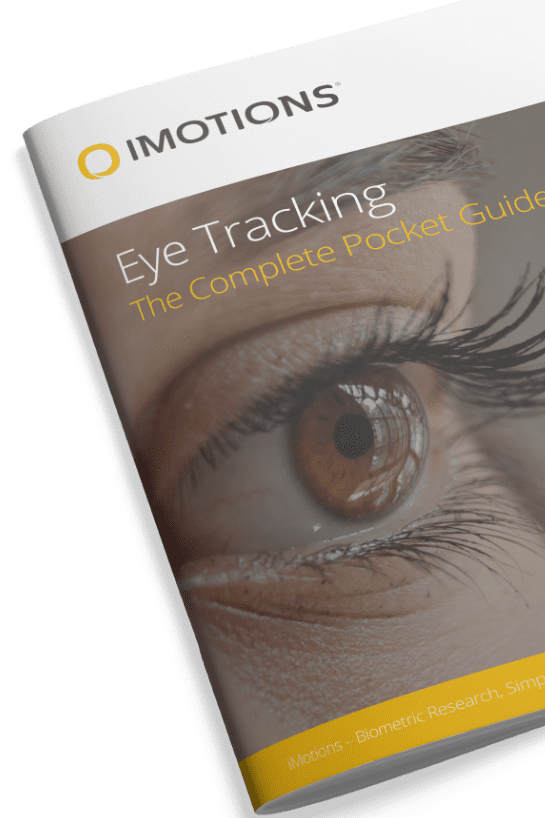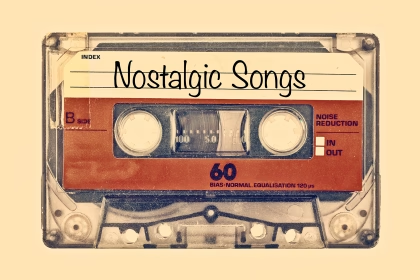The world is full of stimuli, yet some elements naturally grab our attention. This phenomenon, known as saliency, plays a key role in behavioral science, UX design, marketing, and AI. Learn how saliency detection-using eye tracking, neural responses, and AI-helps measure attention and optimize user experiences, advertising, and computer vision systems.
Table of Contents
The world is overflowing with stimuli, but somehow certain objects stand out and grab our attention. How can that be? The answer lies in saliency-a concept that plays a crucial role in behavioral science, neuroscience, computer vision, marketing, and UX design. Saliency determines what captures our attention, influencing everything from consumer choices to visual perception in everyday life.
In this article, we’ll explore the science behind saliency and saliency detection, how it is measured, and its applications across various fields, including neuromarketing, psychology, artificial intelligence, and user experience research.
What Is Saliency?
Saliency refers to the quality of being noticeable or important within a given context. In behavioral science, it is the degree to which a stimulus stands out relative to its surroundings, often influencing perception, cognition, and decision-making.
Saliency is driven by two key factors:
- Bottom-up (Stimulus-Driven) Saliency
- Determined by physical properties such as color, contrast, brightness, movement, and size.
- Example: A bright yellow object in a soft blue image immediately draws attention.
- Top-down (Cognitive) Saliency
- Influenced by personal experiences, goals, and expectations.
- Example: A coffee lover will quickly notice a café sign among multiple billboards.

These two processes work together, shaping what we focus on and ignore in our environment.
Saliency Detection: Measuring What Captures Attention
Saliency detection is the process of identifying which parts of a scene, image, or interface naturally attract the most human attention. It helps researchers and businesses understand how visual and cognitive factors influence perception, engagement, and decision-making.
By analyzing eye movements, brain activity, physiological responses, or computational predictions, saliency detection reveals which elements stand out the most-whether in an advertisement, a website, a product design, or even a real-world environment. This information is invaluable for optimizing content, improving user experiences, and enhancing artificial intelligence systems that rely on human-like attention mechanisms.
Methods for Detecting Saliency
There are several scientific and technological approaches to measuring saliency:
1. Eye Tracking Technology
- Uses infrared sensors to track where people look.
- Heatmaps visualize areas of high attention.
- Applications: UX/UI research, neuromarketing, psychology studies.
2. EEG (Electroencephalography) & Neural Responses
- Measures brain activity to detect attention spikes.
- Helps understand subconscious reactions to stimuli.
- Applications: Advertising effectiveness, media testing.
3. GSR (Galvanic Skin Response) & Physiological Sensors
- Measures sweat gland activity linked to emotional arousal.
- Detects subconscious engagement and emotional saliency.
- Applications: Consumer behavior analysis, product testing.
4. AI-Powered Computational Models
- Machine learning and deep learning models predict visual saliency.
- Algorithms analyze images/videos to highlight attention-grabbing areas.
- Applications: Autonomous vehicles, medical imaging, augmented reality.
Applications of Saliency Across Industries
Saliency and saliency detection have widespread implications across multiple fields:
1. Behavioral Science & Psychology
- Helps understand how attention influences decision-making.
- Used in cognitive load research and perceptual studies.
2. Neuromarketing & Advertising
- Determines which ads grab consumer attention.
- Optimizes packaging and branding for better engagement.
3. UX/UI & Web Design
- Ensures key elements in websites and apps are visually prominent.
- Improves user navigation and experience.
4. Artificial Intelligence & Computer Vision
- AI models use saliency to improve image recognition and scene understanding.
- Critical for autonomous vehicles and medical diagnostics.
5. Retail & Product Placement
- Helps optimize store layouts to maximize shopper engagement.
- Guides product positioning for increased visibility.
Saliency plays a fundamental role in how we perceive and interact with the world. By understanding and leveraging saliency detection, businesses and researchers can design more effective visuals, interfaces, and experiences that align with human attention mechanisms.
From improving advertisements to enhancing AI-driven decision-making, the applications of saliency are limitless. As technology advances, we can expect even more precise ways to measure and influence attention, shaping everything from digital content to real-world interactions.
Eye Tracking
The Complete Pocket Guide
- 32 pages of comprehensive eye tracking material
- Valuable eye tracking research insights (with examples)
- Learn how to take your research to the next level












